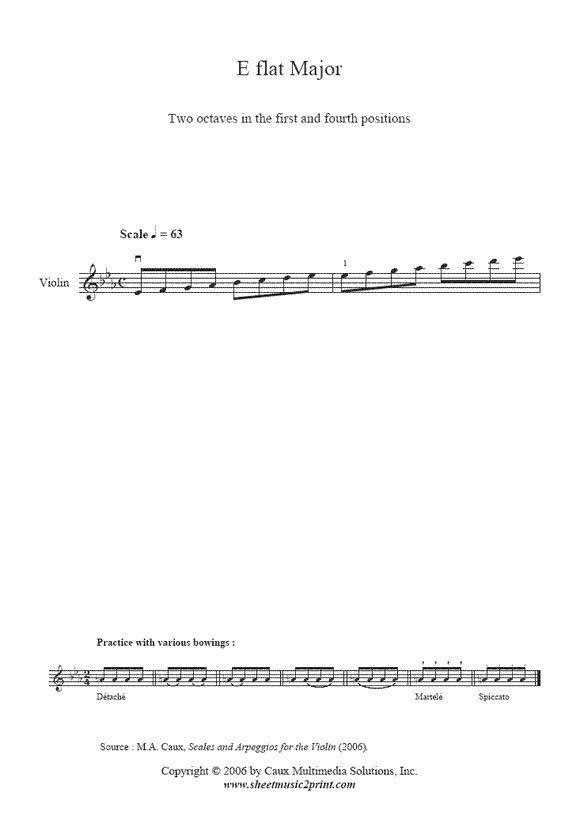

Structure The pattern of whole and half steps characteristic of a major scale In Hindustani classical music, it is known as Bilaval. In Carnatic music, it is known as Sankarabharanam. The major scale has a central importance in Western music, particularly that of the common practice period and in popular music. 90/4 (D 899/4) and Op.Audio playback is not supported in your browser.


Max Bruch's Concerto for Two Pianos in A-flat minor has its last movement in A-flat major, which is the parallel major this concerto plays with the contrast between the two keys. It was also the flattest major key to be used for the preludes and fugues in Johann Sebastian Bach's Well-Tempered Clavier, as flatter major keys were notated as their enharmonic equivalents.įelix Mendelssohn, Johann Nepomuk Hummel, John Field, and Friedrich Kalkbrenner each wrote one piano concerto in A-flat (Mendelssohn's being for two pianos) they had the horns and trumpet tuned to E-flat. 110, while Franz Schubert used it for one piano sonata. 130, Haydn's Hob XVI 43 and 46, and Beethoven's Op. Ī-flat major was the flattest major key to be used as the home key for the keyboard and piano sonatas of Domenico Scarlatti, Joseph Haydn and Ludwig van Beethoven, with each of them using the key for two sonatas: Scarlatti's K. 1 in C minor, however, the timpani are re-tuned between the first movement in C minor and the following in A-flat major.Ĭharles-Marie Widor considered A-flat major to be the second best key for flute music.

With hand-tuned timpani, there is no time to re-tune the timpani to A-flat and E-flat for the slow second movement in A-flat major accordingly, the timpani in this movement are reserved for the passages in C major. 5 has the timpani set to C and G for the first movement. Since A-flat major was rarely chosen as the main key for orchestral works of the 18th century, passages or movements in the key often retained the timpani settings of the preceding movement. Frédéric Chopin used this key in many of his works, particularly in his waltzes. The second movement of Haydn's 43rd symphony in E-flat major is in A-flat major. See also: List of symphonies in A-flat majorīeethoven chose A-flat major as the key of the slow movement for most of his C minor works, a practice which Anton Bruckner imitated in his first two C minor symphonies and also Antonín Dvořák in his only C minor symphony.


 0 kommentar(er)
0 kommentar(er)
